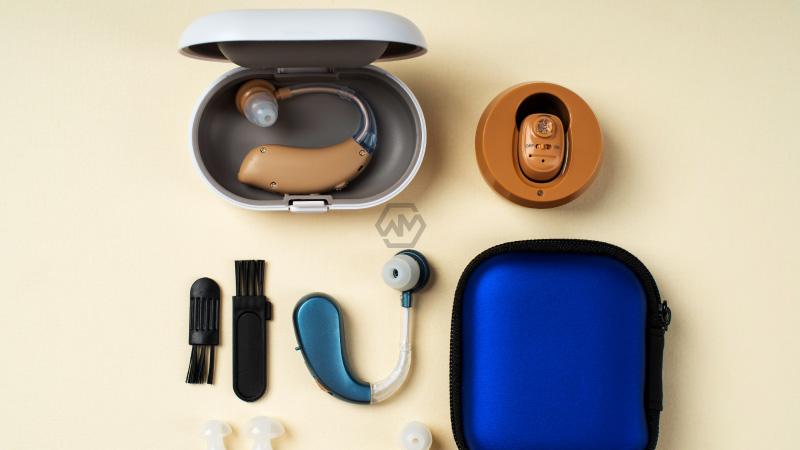- Technological developments in pacemakers are providing more individualized treatment for heart rhythm abnormalities.
- The newest pacemakers on the market are conduction system pacemakers, also known as LBBAP.
- Utilizing cutting-edge software, Kotak and his colleagues monitor patients’ heart rates, heart rhythms, and pacemaker activity.
Technological developments in pacemakers are providing more individualized treatment options for heart rhythm abnormalities while also reducing the risk of medical problems for patients. The electrical system of the heart, which regulates the heartbeat, is supported in part by pacemakers.
The slowing of cardiac rhythm that may necessitate a pacemaker can be brought on by aging, injury to the heart muscle, and certain genetic diseases. While providing a more customized fit for patients, new pacemaker technologies, such as leadless and cardiac conduction system pacemakers, accomplish what classic pacemakers can by transmitting electrical impulses to help the heart beat correctly.
Technological developments
Leadless pacemakers are self-contained devices that are inserted without any incisions or stitches into the right ventricle of the heart. There are some situations in which it can be utilized in place of a conventional pacemaker, albeit it’s not for everyone.
The newest pacemakers on the market are conduction system pacemakers, also known as left bundle branch area pacemakers (LBBAP), which assist the heart’s electrical signals to flow more naturally and synchronously using a single wire rather than multiple.
Patients are spared dyssynchrony, a condition that can occur in as much as 15% of patients using conventional pacemakers, because of this characteristic.
Following shortness of breath during routine activities in April, Louise Correnti, 76, underwent a cardiac conduction system pacemaker implantation in June, stabilizing her health. This symptom astonished her since she’s been an active motorbike rider for thirty years and attends Pilates four days a week.
Once Correnti’s smartwatch began recording low heart rates a few weeks earlier, she notified her Loma Linda University Health (LLUH) care team, who used a wearable harness device to remotely monitor Correnti’s heart.
The electrical impulses that regulate heartbeat are unable to flow between the upper and lower chambers of Correnti’s heart because of a total heart block. A total block can impair blood flow to the brain and body, which can result in low blood pressure, internal organ damage, cardiac arrest, and fainting with injuries.
Utilizing cutting-edge software, Kotak and his colleagues monitor patients’ heart rates, heart rhythms, and pacemaker activity. This allows them to promptly notify patients and their care teams of any abnormal activity or malfunction.



